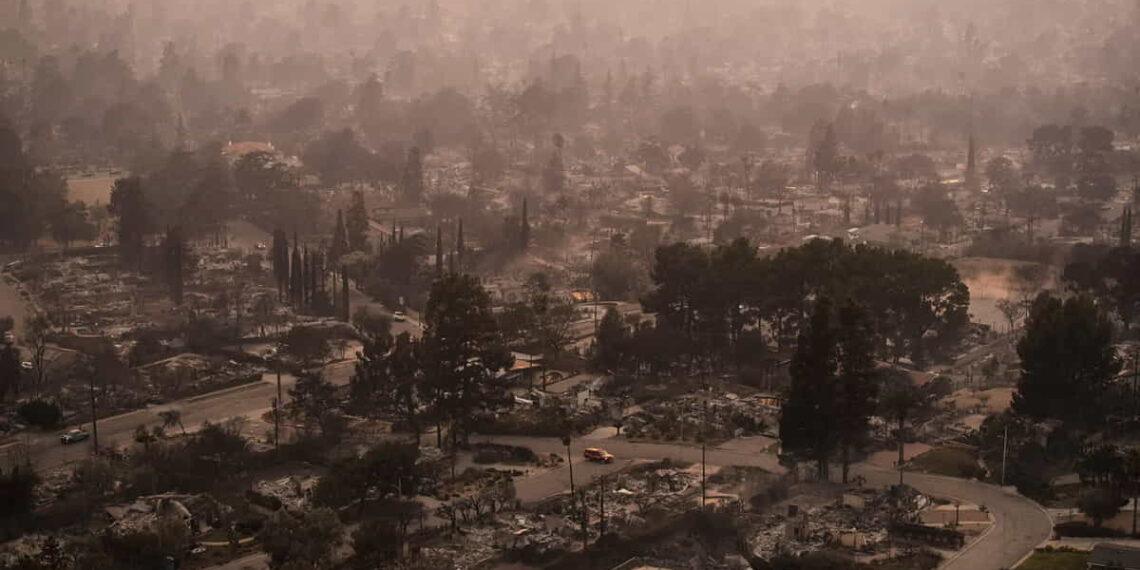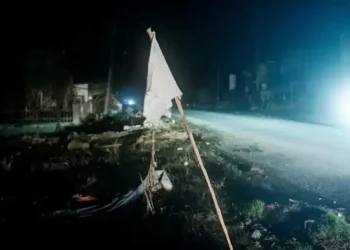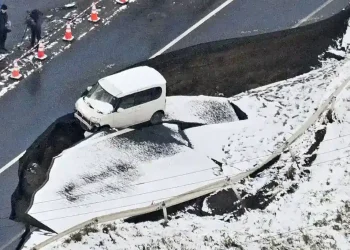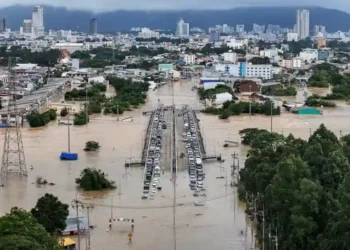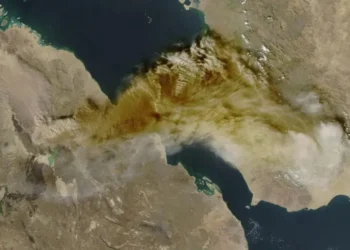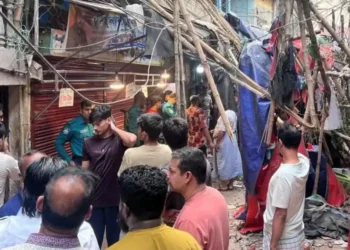Living Through the Flames: The Aftermath of LA’s Wildfires
Nic Arnzen can easily recognize fellow victims of the Los Angeles wildfires. “We have the same look in our eyes, the same zombie-like walk,” he reflects.
Arnzen’s home in Altadena, a diverse community in the foothills of the San Gabriel Mountains, was devoured by the Eaton Fire. Tens of thousands of people have been displaced in the region, he estimates, and “half of them won’t have a home to come back to.” The destruction is staggering. As a member of the Altadena Town Council, Arnzen calls it “unimaginable.”
The wildfires, among the most devastating and costly in California’s history, have destroyed over 60 square miles and claimed at least 27 lives. For survivors like Arnzen, a haunting question lingers: What’s next? Should they rebuild in a fire-prone area or leave in search of safer ground?
The Changing Face of Wildfire Risk
California has long been wildfire territory, but climate change has turned up the heat—literally. “Fire is a part of living here,” says Kaitlyn Trudeau, senior researcher at Climate Central, a non-profit focused on climate research.
However, as Trudeau points out, fire behavior is evolving. Hotter, drier conditions fueled by the climate crisis have created more volatile fires. This year’s LA fires were supercharged by a deadly combination: powerful Santa Ana winds and “weather whiplash,” a phenomenon where extreme wet winters are followed by parched, dry conditions. This cycle amplifies the risk, particularly in sprawling neighborhoods that edge into fire-prone wildlands.
The fires did more than just destroy homes—they incinerated schools, daycare centers, grocery stores, and workplaces, severing ties that hold communities together. For many, life in LA’s fire zone now feels increasingly untenable.
Rebuilding or Moving On?
The question of whether to stay or leave is deeply personal and incredibly complex. Jesse Keenan, associate professor of sustainable real estate and urban planning at Tulane University, explains that decisions about where to live depend on a web of factors: family ties, jobs, affordability, and the psychological weight of starting over.
The Immediate Aftermath
In the short term, many wildfire survivors lean on family, friends, or local resources to stay nearby. Jeremy Porter, head of climate implications at First Street Foundation, suggests that most displaced residents will eventually return to their communities, driven by deep-rooted connections.
However, returning isn’t easy for everyone:
- Renters face a grim reality. California’s already overheated housing market will now grapple with the strain of even fewer affordable homes.
- Homeowners face lengthy waits for insurance claims, and payouts often fall short of rebuilding costs. Keenan warns that labor shortages will make rebuilding slow and expensive.
In some cases, rebuilding may not even be allowed. The state might step in to create fire buffer zones, preventing reconstruction in the most vulnerable areas.
The Hidden Costs of Wildfires
Rebuilding is only part of the equation. Toxic contamination from chemicals released during the fires poses a long-term health risk, particularly to children. Meanwhile, California’s worsening insurance crisis threatens to leave homeowners in limbo.
“Many homeowners will no longer be able to make the economics of home ownership work,” Porter explains. Rising insurance costs could force more people to sell, often to predatory property buyers who rebuild higher-end homes, further exacerbating inequality. Keenan calls it “climate gentrification,” where displaced residents are priced out as wealthier newcomers move in.
Seeking Safety Elsewhere
Some residents, traumatized by repeated disasters, may choose to leave California altogether. Climate scientist Peter Kalmus made that choice in 2022, leaving Altadena for Chapel Hill, North Carolina. “It felt like heat waves, drought, and fires were getting worse,” he says, though he acknowledges that no place is truly safe from climate change.
Lower-risk areas like Buffalo, Detroit, and parts of Ohio are gaining attention as “climate havens” due to their ample water and lower fire and heat risks. However, as Hurricane Helene’s impact on Asheville, North Carolina, proved, no region is entirely immune to extreme weather.
The Long Road to Recovery
Despite the devastation, many survivors like Arnzen remain determined to rebuild. “I have lost so much that all I can do is focus on and be determined to gain more than I’ve lost,” he says.
Still, the future of wildfire-prone communities hangs in the balance. Repeated disasters could erode infrastructure, reduce local resources, and push more people to reconsider their ties to high-risk areas.
Arnzen knows the fires will come again, but he remains steadfast in his commitment to Altadena. “This was traumatic. This is something we’re going to never recover from,” he admits. Yet, for him, rebuilding is not just about restoring a home but about fortifying a community.
By spotlighting the resilience and challenges of wildfire survivors, Arnzen and others hope to inspire a more sustainable and fire-resilient future. The question now is whether California can rise from the ashes stronger than before.
This article was rewritten by JournosNews.com based on verified reporting from trusted sources. The content has been independently reviewed, fact-checked, and edited for accuracy, neutrality, tone, and global readability in accordance with Google News and AdSense standards.
All opinions, quotes, or statements from contributors, experts, or sourced organizations do not necessarily reflect the views of JournosNews.com. JournosNews.com maintains full editorial independence from any external funders, sponsors, or organizations.
Stay informed with JournosNews.com — your trusted source for verified global reporting and in-depth analysis. Follow us on Google News, BlueSky, and X for real-time updates.
